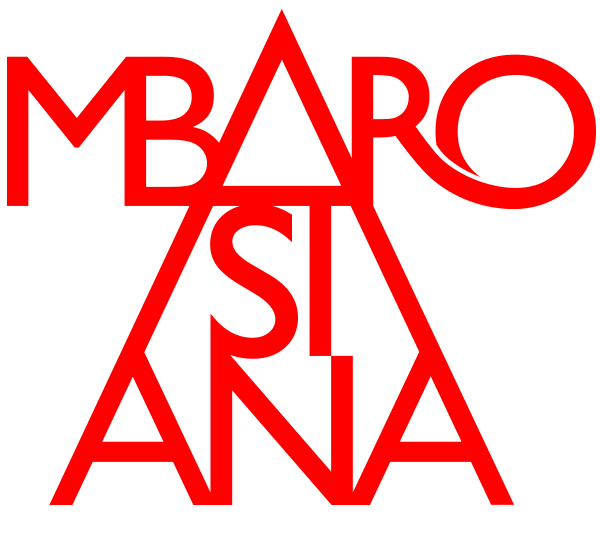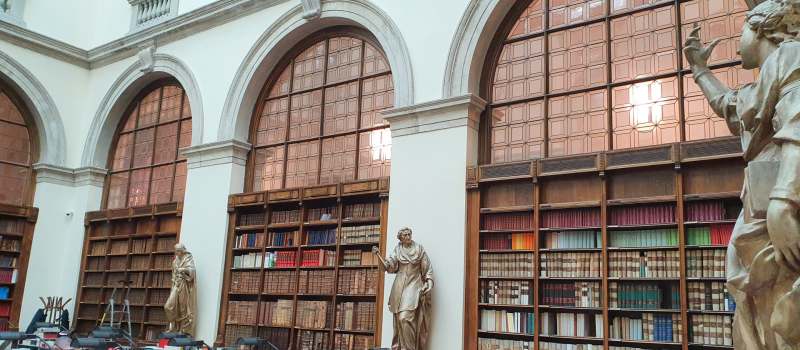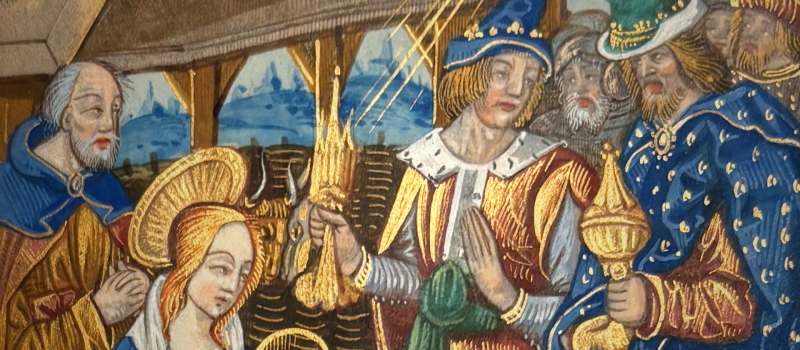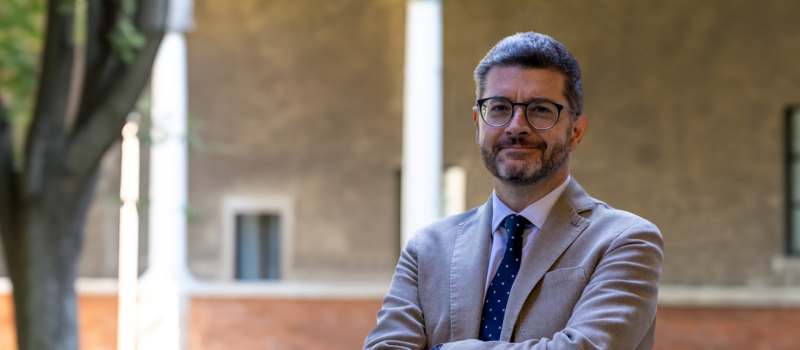Portrait of a Lady
Giovanni Ambrogio De Predis (1455-1508)
-
TITLE
: Portrait of a Lady
-
AUTHOR
: Giovanni Ambrogio De Predis (1455-1508)
-
INVENTARIO
: 100
-
DATE
: c. 1490
-
TYPE
: Painting
-
TECNIQUE
: Tempera and oil on panel
-
DIMENSIONS
: 51 × 34 cm
-
SUBJECT
: Portrait
-
SCUOLA PITTORICA
: Renaissance
-
ROOM
: Aula Leonardi
The first time Leonardo da Vinci’s name resounded in the Ambrosiana, it was through the pen of its founder, Cardinal Federico Borromeo, who attributed this little panel to the great Master, describing it as “A portrait of a Duchess of Milan, by the hand of Leonardo”. Following the Cardinal’s statement, the portrait was for long assumed to depict Beatrice d’Este, the wife of Ludovico il Moro. However, scholars have recently been more cautious and vague in their statements, with regard to both the artist (anonymous Lombard or Emilian painter) and the and the identity of the young lady. These controversies never diminished the work’s appeal, but just increased its mystery.
YOU MAY BE ALSO BE INTERESTED:









